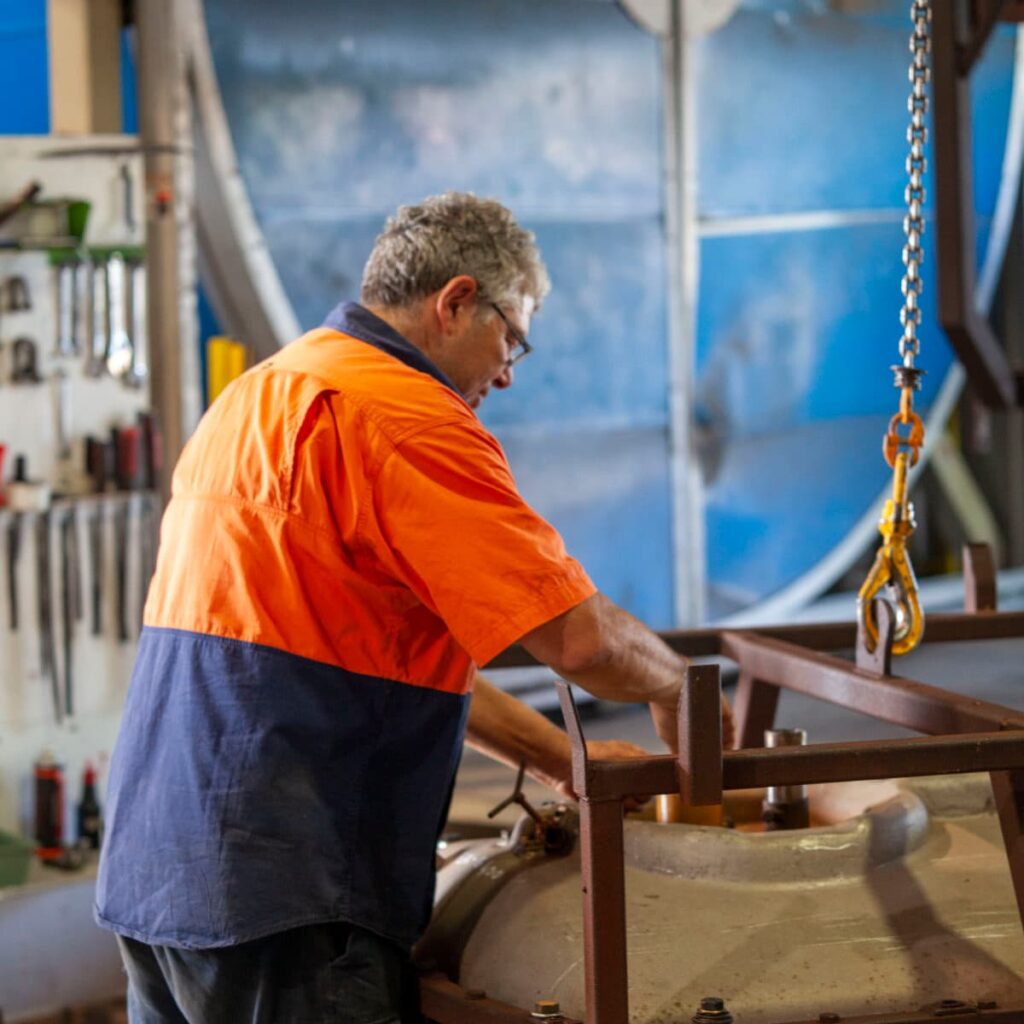5 Mistakes to Avoid When Designing a Rotationally Moulded Product
Home / 5 Mistakes to Avoid When Designing a Rotationally Moulded Product
- Global Rotomoulding
- July 25, 2025
- 4 minutes
Designing a rotationally moulded product is an exciting opportunity to create durable, versatile solutions tailored to your industry’s needs. But with great potential comes unique challenges that can make or break your project.
Overlooking key design elements can result in costly delays, subpar performance, or even complete product failure. Whether you’re working in civil engineering, agriculture, transport, or waste management, understanding and addressing these challenges is crucial to ensuring your product not only performs flawlessly but also meets production requirements.
In this guide, we’ll uncover five common design mistakes that could derail your project—and, more importantly, show you how to avoid them for a smoother, more successful outcome.
1. Ignoring Mould and Demoulding Constraints
The Mistake:
Designing complex features, such as undercuts or tight angles, can cause significant delays in the moulding process. Without proper planning, demoulding becomes difficult, leading to part damage or production inefficiencies.
How to Avoid It:
- Apply draft angles: Ensure all vertical surfaces have a draft angle of 3–5 degrees to allow for smooth demoulding.
- Avoid deep recesses: Design with shallow contours or plan for collapsible inserts and pins if your features require depth.
- Collaborate with production early: Work with moulding experts to establish feasible parting lines and avoid surprises during production.
Why It Matters:
Efficient mould and demoulding processes reduce cycle times and minimise the risk of defects. By designing within these constraints, you streamline manufacturing while ensuring the production of high-quality parts.
2. Overlooking Material Flow and Wall Thickness
The Mistake:
Uneven wall thickness or abrupt geometry transitions can lead to thin spots, warping, or excessive shrinkage. This weakens the product, resulting in costly design adjustments.
How to Avoid It:
- Keep thickness consistent: Uniform wall thickness promotes better material distribution and reduces stress points.
- Use smooth transitions: Incorporate generous radii to eliminate sharp edges and thick-to-thin transitions.
- Focus on contours: Rounded features and fluid shapes improve material flow and prevent defects.
Why It Matters:
Consistent material flow ensures the final product is both strong and defect-free. Smoothed-out wall transitions not only improve the product’s durability but also make the production process more efficient.
3. Neglecting Mounting, Venting, and Drainage Design
The Mistake:
Forgetting to consider mounting points, air venting, or fluid drainage can result in a product that lacks functionality or fails under practical usage conditions.
How to Avoid It:
- Add breather vents: they serve to equalise pressure, allow air and gases to escape, and ensure proper wall formation during the rotational moulding process. They’re critical for both quality and process safety — especially in large or enclosed moulds.
- Design mounting features: Incorporate inserts, flanges, or sacrificial bolt systems for secure installation.
- Plan for drainage: If the product will hold fluids, add drainage points for easy cleaning and emptying.
Why It Matters:
Overlooking these details can compromise the product’s usability and longevity, especially in industries such as wastewater management or agriculture, where functionality and durability are crucial.
4. Underestimating Warping, Shrinkage, and Long-Term Thermal Movement
The Mistake:
Large, flat surfaces or load-bearing sections are highly prone to warping and shrinkage during cooling. Over time, exposure to heat or load can cause stress cracks or deformation if thermal movement is not accounted for.
How to Avoid It:
- Break up flat surfaces: Use ribs, domes, or contours to strengthen areas prone to bowing.
- Add internal radii: Ensure internal corners have radii of at least 10 mm to reduce stress concentrations.
- Consider thermal effects: For outdoor or high-heat applications, use UV-resistant materials and allow for expansion gaps.
- Use reinforcements: Add internal supports or ribs to manage load distribution.
Why It Matters:
Accounting for shrinkage and movement during the design phase improves the structural integrity of the final product. Long-term applications, such as industrial tanks or products exposed to sunlight, require a robust solution to handle environmental challenges.
5. Skipping Professional Design and Engineering Review
The Mistake:
Some teams proceed straight from concept renders to mould production, bypassing technical validation. This can result in overlooked production constraints or design errors.
How to Avoid It:
- Engage experienced designers: Work with professionals who have expertise in rotational moulding.
- Run simulations: Use tools like Finite Element Analysis (FEA) to test load-bearing capacity and identify potential weak points.
- Conduct cross-departmental reviews: Collaborate with production, quality assurance, and sales teams to align the design with manufacturing and business goals.
Why It Matters:
A professional review process identifies challenges before they become costly problems. This ensures your design is optimised for both performance and manufacturability, saving time and resources in the long run.
Thoughtful Planning Can Make All The Difference
When designing a rotationally moulded product, thoughtful planning and collaboration are your strongest allies. Avoiding these five mistakes will help you create a product that is not only functional but also optimised for efficient production.
Partnering with Global Roto-Moulding means you’re backed by a complete team — from concept to production. We coordinate a trusted network that includes a leading external industrial designer, experienced mould makers, and our in-house manufacturing expertise. This ensures your product is designed to meet industry standards, is practical and cost-effective to produce, and delivers the strength, durability, and performance you and your clients expect.

